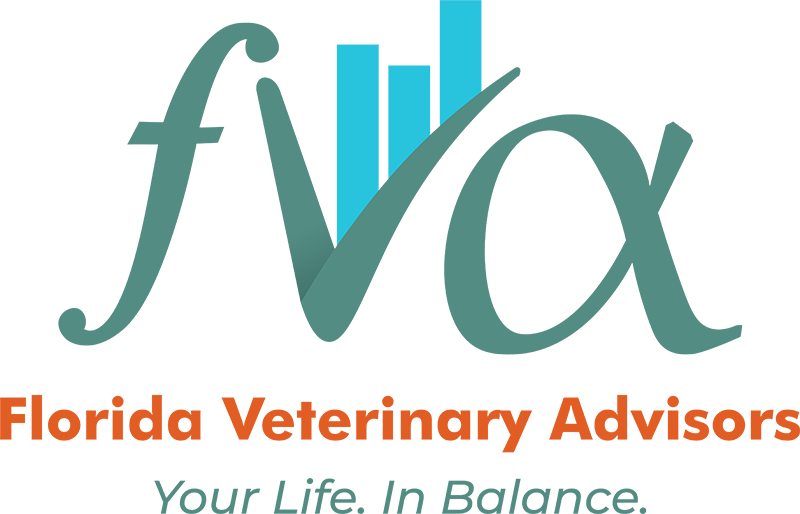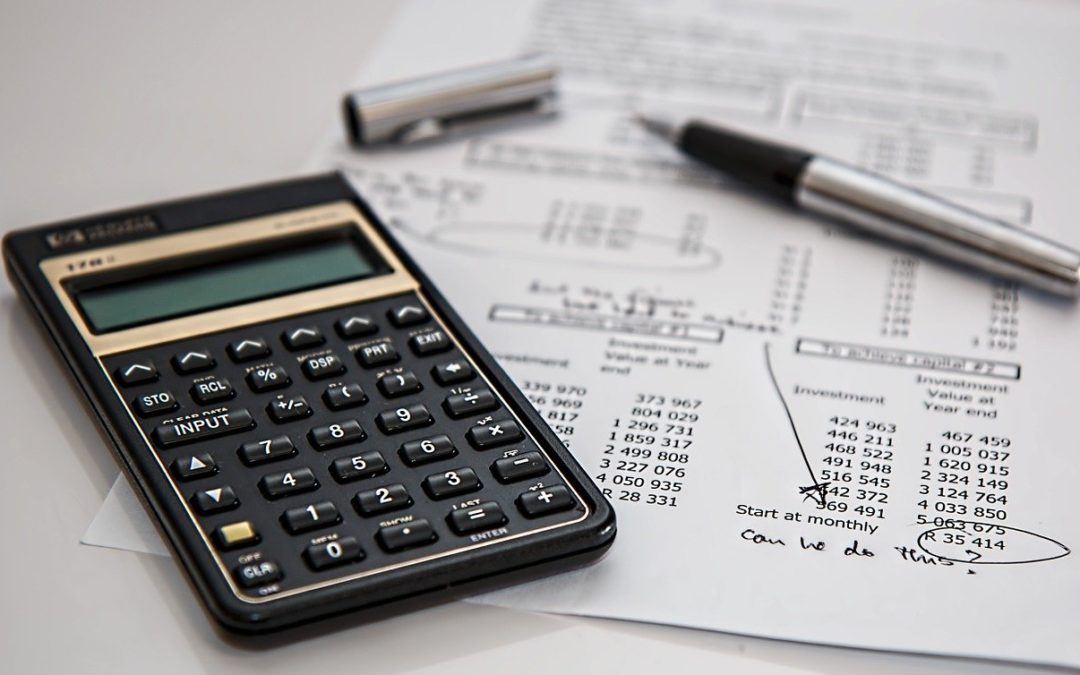This topic is repetitively brought up in conversations because the advice all over the internet is mixed. The best way to get a handle on your short-term debt is to first understand what is classified as short-term debt.
Short-term debt is anything except mortgages. This includes auto loans, credit cards, personal loans, equity lines, and student loans. Sometimes student loans can be perceived to be long-term debt because of the high amounts borrowed and not enough cash flow to pay them off during the standard payment period (these loans will be discussed in a future post).
The worst step that anyone can take to pay off debt is to use all liquidity that they have on hand. This is referring to checking, savings, money markets, and any other account that you have full access to withdraw money at any time. What most people do to themselves in this circumstance is remove all flexibility and control. When all savings is used or drained to a minimal amount life events can easily add back to the debt.
The first place to start is to organize your debts by balance and interest rates. The four common mistakes that most people make when paying down debt are:
- Paying the highest interest loans first.
- Spreading the payment equally on all loans.
- Not having a system established.
- Adding more debt to the story.
The first mistake is that most people believe that paying off the highest interest rate balance and then working down the list is the most effective. What happens in most cases is that these balances might be difficult to pay off in a short period of time and little progress seems to be made. We want to make sure that we are having little “wins” along the way to feel like progress is being made.
The second mistake is spreading the total debt payment to all loans equally. When all loans are compiled together there is a set amount that is due each month, however, paying in this way can feel like an eternity till any loans are paid off.
The third common mistake is randomly paying different amounts and using whatever cash is left over each month once all bills are paid. This can be the worst possible way to pay off debt because it is hard to know exactly when the amounts will be brought to zero.
The fourth common mistake is to continue using credit cards and other forms of short-term debt. This can make paying off loans difficult and sometimes feel impossible. Make the commitment to stop adding more debt and use cash. If you use credit cards for rewards points, use cash until the credit card is brought to zero and then use the card again. After you begin using the card, make sure to only charge what you can pay off each month (more on spending plans in a future article).
This leads to the best way to begin paying down debt. After all your debt is compiled into a list with balances and interest rates the best possible place to start is to understand what time frame you want all the debt to be paid off. There are calculators available online that you can reverse engineer the monthly amount required to be paid to eliminate all debt in a certain period.
After you have determined what time frame is appropriate based on your cash flow then the next step is to organize all debt by balances, the smallest first. (Keep in mind that you want to make sure to save 20% of your gross income during this time because when all emphasis is placed on paying off debt life can easily catch back up and spoil your efforts.)
The reason behind organizing your debts by the smallest first is to know what balances are easiest to pay off first. There are psychological studies behind getting one debt removed versus paying down a certain debt by some amount. What you will want to do now is begin to pay the minimums on all your debt except the smallest balance. Take the amount that you can allocate each month towards paying down your debt and subtract out all the minimums from the monthly amount you calculated earlier. The remaining monthly payment should be used towards the smallest loan amount first. After the smallest loan amount is paid off then take that amount and shift it to the next smallest amount (and make sure to include the minimum payment from the original loan into the next smallest loan). Repeat over and over until all short-term debt is paid.
This strategy is commonly referred to as the debt snowball and should be used in all short-term debt elimination because it will have the greatest impact on your overall financial wellbeing. When you experience little wins during the journey then there will be this inner excitement to keep pushing forward.
I hope that this brief article helps you get ahead in life and if you would like to set up a free phone consultation to discuss this further please reach out to schedule a time. You can schedule a time by completing the form below.




